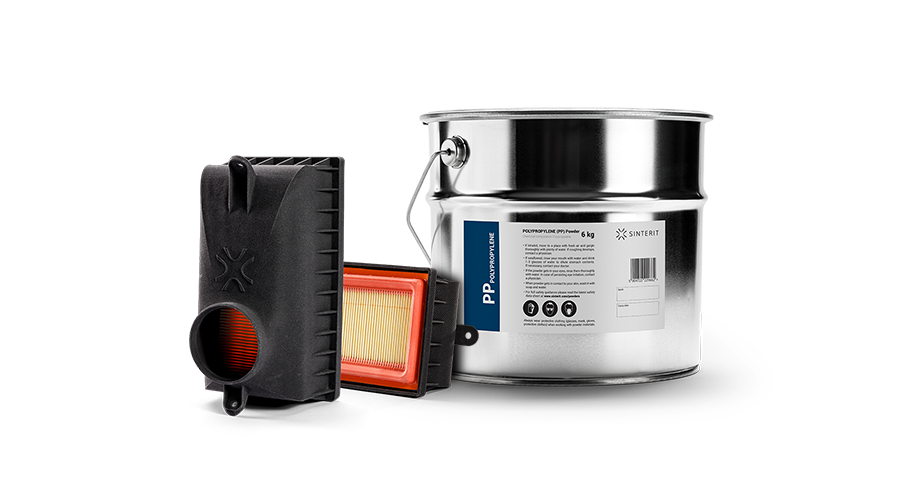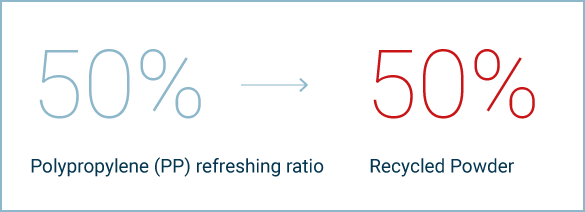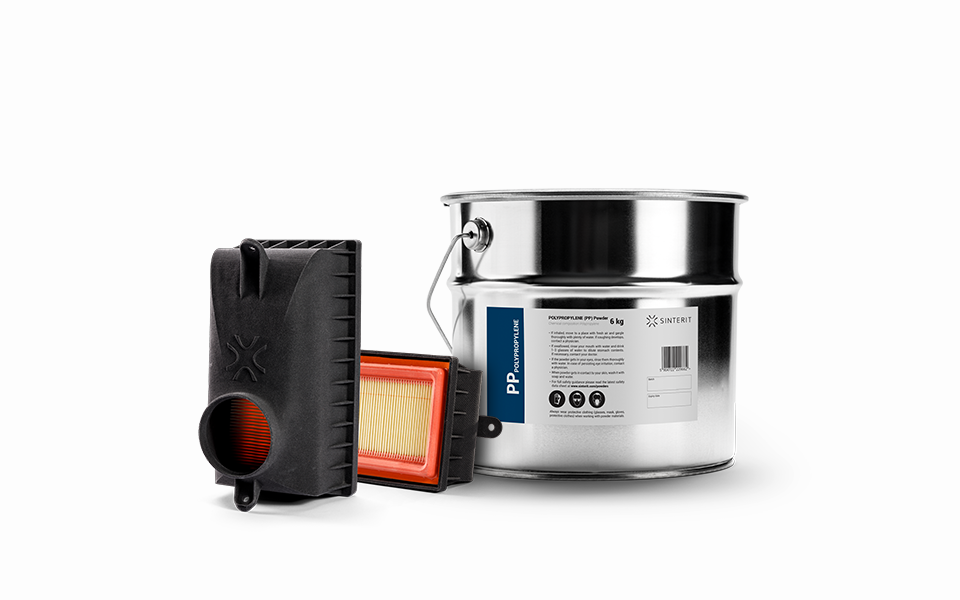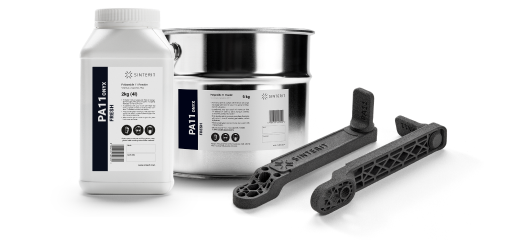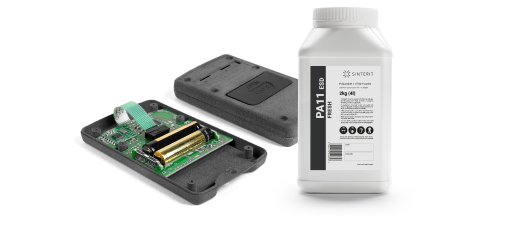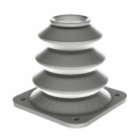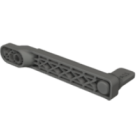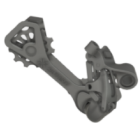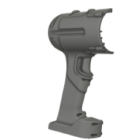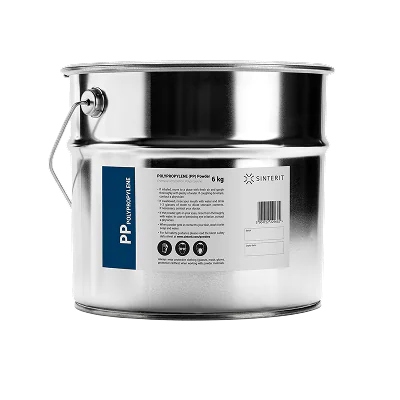
3D Printers
SLS 3D Printers
Peripherals
Printers ecosystem
Customer Zone
What is refresh rate?
It is the ratio of a minimum amount of fresh powder needed in a mixture of material used in an SLS 3D printer. A lower refresh ratio means better cost-efficiency of the material.
How it works
The amount of needed fresh powder is automatically calculated by our software and shown on the printer screen after the print job is finished. Just add shown amount of material into the mixing cycle of used material and you can start your next job with refreshed material
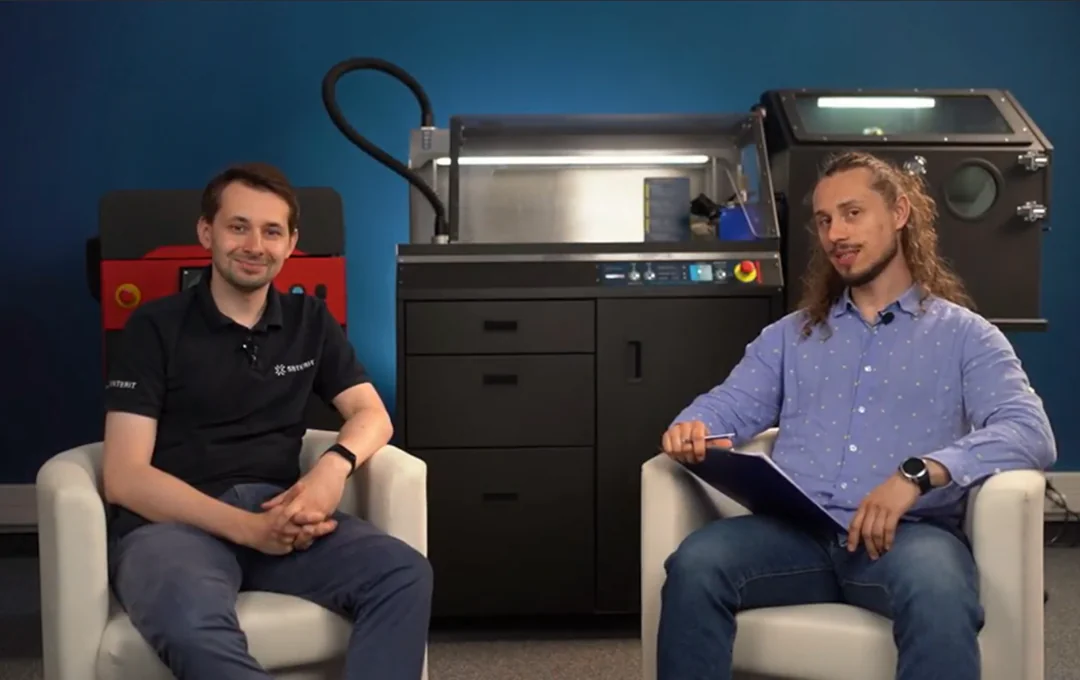
– Store the powder at room conditions ( ~23°C and 50% humidity – the lower humidity the better)
– Always store the material in a sealed dry box/container.
– Do not leave the container open.
– Clean the machine directly after printing and store the material immediately after removing the print cake.
– Do not let the powder stay in the printer for more than a couple hours.
– Put a few silicone absorbers in the container (but don’t add them to the printer)
Contact Sinterit support with your questions.
Starter powder is basically a print-ready powder. In Sinterit we distinguish three powder conditions: print-ready, used, and fresh.
Used is a type of powder that you get after the printing, present in overflow bin or remaining after printout cleaning.
Fresh is a type of powder that is being used for refreshing the powder. After mixing this powder with used powder you will receive print-ready.
Print-ready is a type of powder that you can simply pour into the printer and start printing.
Although printing using Fresh is possible it’s not economically optimal therefore Sinterit printers are optimized for using a refreshed (print-ready) powder.
SLS polyamide powder used for 3D printing is considered particulate matter because of its size. Polyamide powder particles are generally 40 micrometers or smaller. If vacuumed in an ordinary vacuum cleaner, the powder could cause an explosion.
Such materials are subject to labor regulations on air quality and occupational safety. The procedures call for appropriate maintenance of powder at work. Only certified industrial vacuum cleaners should be used to clean such materials. More information about the ATEX Vacuum cleaner can be found here.
Contact Sinterit support with your questions.
It can certainly be said so. PP exhibits excellent chemical resistance, which is why polypropylene components are often found in chemical and pharmaceutical laboratories. Due to its low density, it is a buoyant material, and after use, it can be recycled.
It’s designed for prototyping and low-volume production of PP parts, especially in applications that require chemical resistance, buoyancy, and weldability—such as automotive components, custom lab tools, or pneumatic systems.
This material is compatible with Sinterit Lisa X and Lisa Pro 3D printers.
No, printing with PP powder does not require nitrogen.
It combines excellent chemical resistance, low density (for buoyancy), weldability with other PP parts, and recyclability—making it ideal for both prototyping and functional use.
Yes, it shows great chemical resistance. Detailed resistance data for specific media is available on request.
The refresh ratio is 50%, meaning half of the powder in each new print job should be fresh.
Yes, it has good impact resistance with a Charpy unnotched strength of 30 kJ/m².





